A statue of King Leopold II of Belgium was taken down in Antwerp today after it was vandalised by protesters because of his brutal colonial rule in the Congo.
- Belgium’s King Leopold II exploited the Belgian Congo with slave labour, leaving millions of people dead
- The statue in Antwerp was vandalised by protesters last week and has now been removed for repairs
- Antwerp authorities said the statue is unlikely to return to a public place but could be moved to a museum
Leopold owned the Belgian Congo as his personal property from 1885 to 1908 and subjected its people to forced labour while he exploited the country’s rubber reserves – leading to millions of deaths in what some regard as a genocide.
The Antwerp statue is the latest symbol of racism to be targeted amid global Black Lives Matter protests following the death of George Floyd in the United States.
The mayor’s office said the statue was taken down to be ‘restored’ after it was daubed with paint, but said it was unlikely to return to its public pedestal.
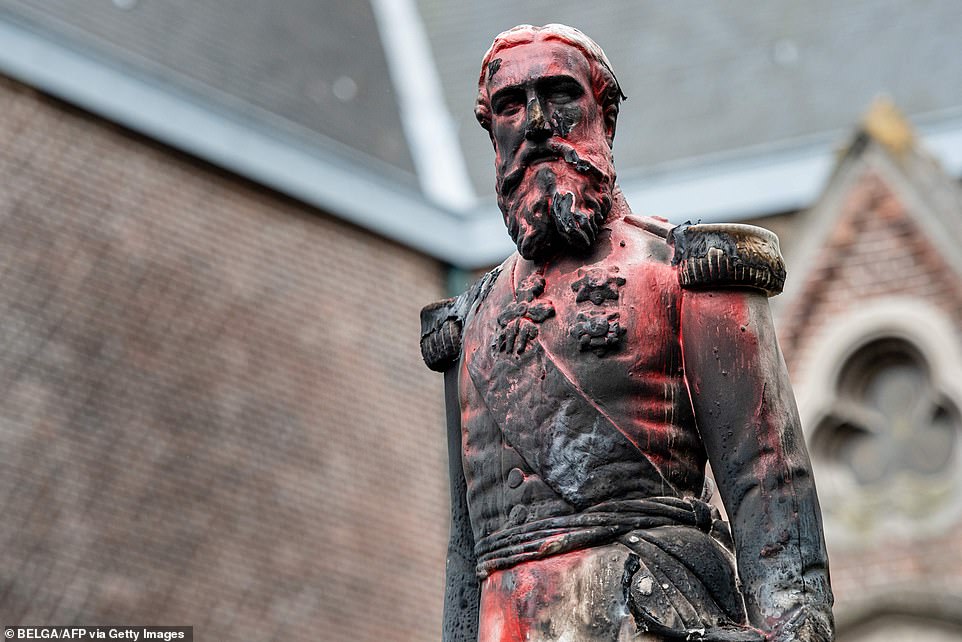
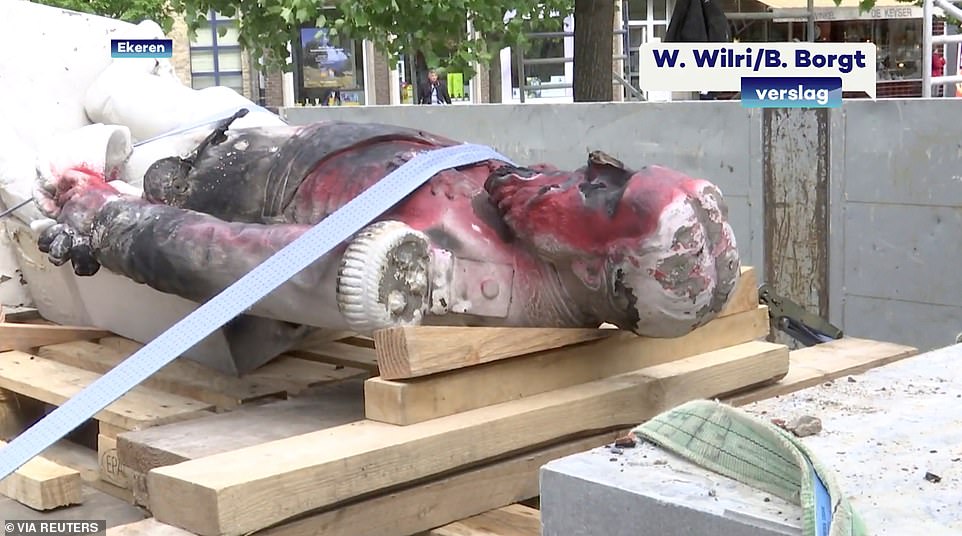
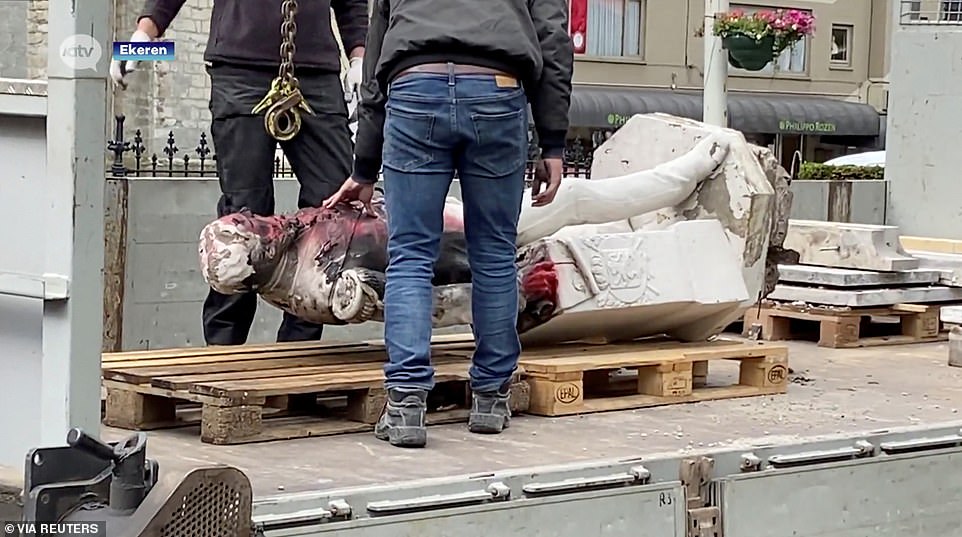
Several Leopold statues have been defaced around Belgium in recent days as the global anti-racism movement sweeps Europe.
A spokesman for Antwerp mayor Bart de Wever said the city’s statue was ‘seriously vandalised last week’ and ‘needs to be restored’ by a sculpture museum.
‘Because of the renovation work planned for 2023 in the square in which it was placed, the statue will not be replaced. It will probably become part of the museum collection,’ he said.
A spokeswoman for the Middelheim Museum confirmed they had received the statue and said they would restore it before deciding what to do with it.
There are separate calls to take down Leopold monuments in Brussels, where one of his busts was covered in red paint last week.
Leopold is honoured with several monuments after ruling Belgium from 1865 to 1909, the longest reign in the kingdom’s history.
But his exploitation of the Congo Free State is seen as brutal even by the standards of the time, with millions thought to have died under Leopold’s personal rule.
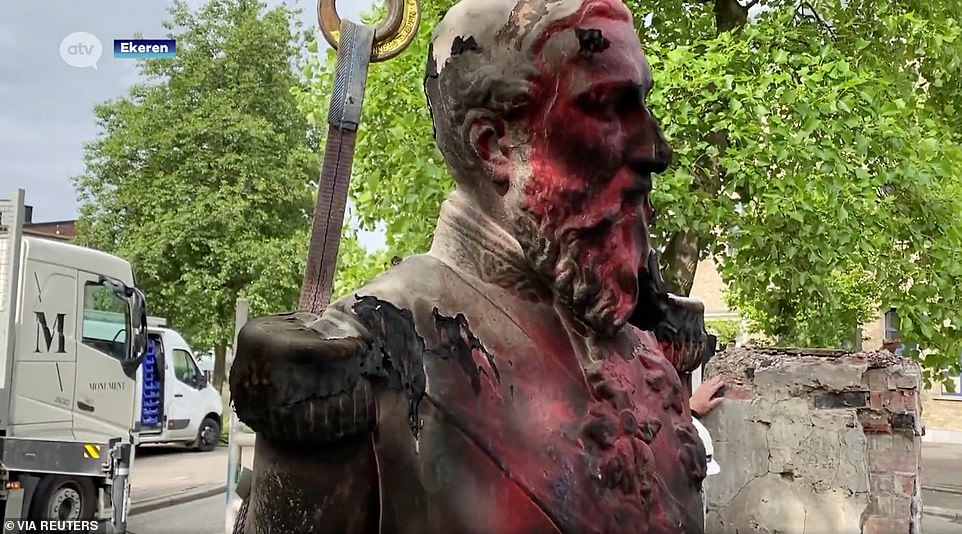
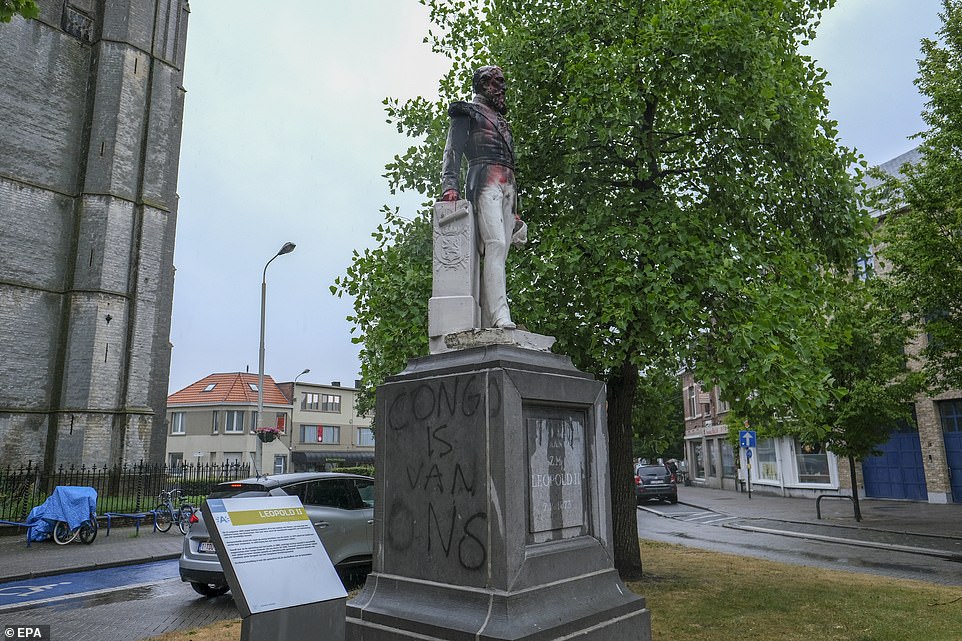
Leopold amassed a huge personal fortune while the Congolese were killed or savagely maimed working on his rubber plantations.
Locals who failed to produce enough rubber would have their hands chopped off or their women taken hostage until the target was met. Others were shot dead.
The plunder of resources also included ivory, copper and diamonds, while Leopold even imported some Congolese people to be put on show at a ‘human zoo’ in Belgium.
Other looted treasures were put on display at the Africa Museum in Brussels, which Leopold used as a ‘propaganda tool’ for his colonial project.
American writer Adam Hochschild claimed in his 1998 book King Leopold’s Ghost that the death toll from Leopold’s policies was as high as 10million Congolese.
In fiction, the Belgian Congo provided the backdrop for Heart of Darkness, Joseph Conrad’s classic novel on colonial exploitation.
The exploitation made Belgium a successful trading economy, but sparked an outcry which has been described as one of the world’s first major human rights campaigns.
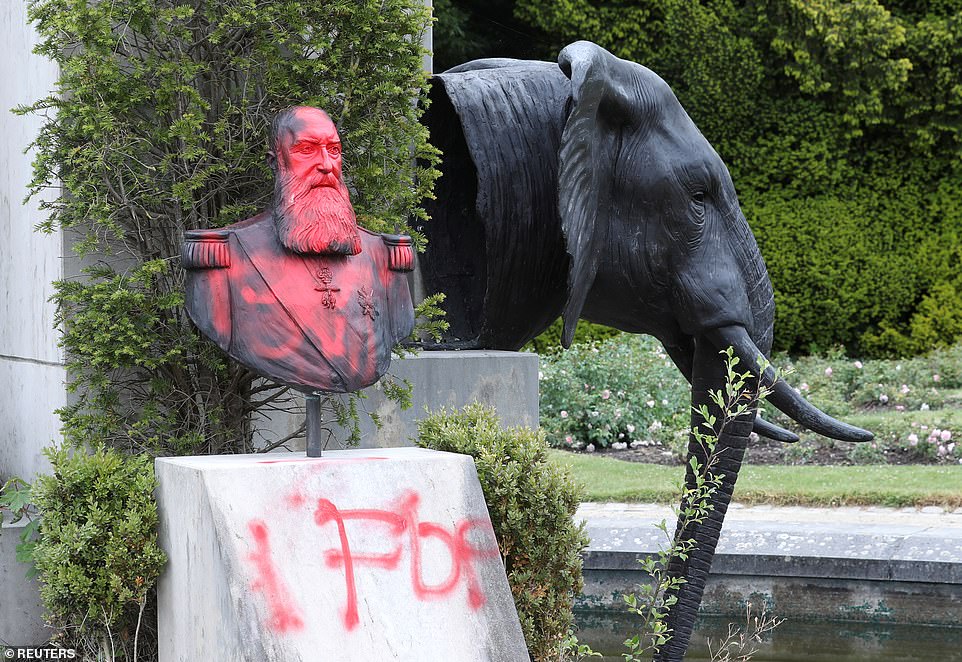
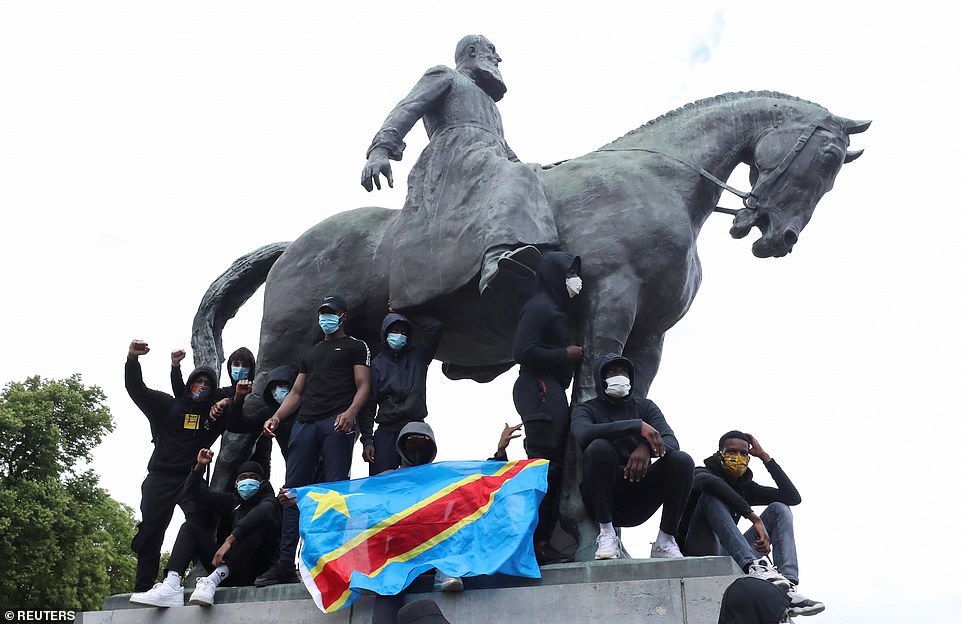
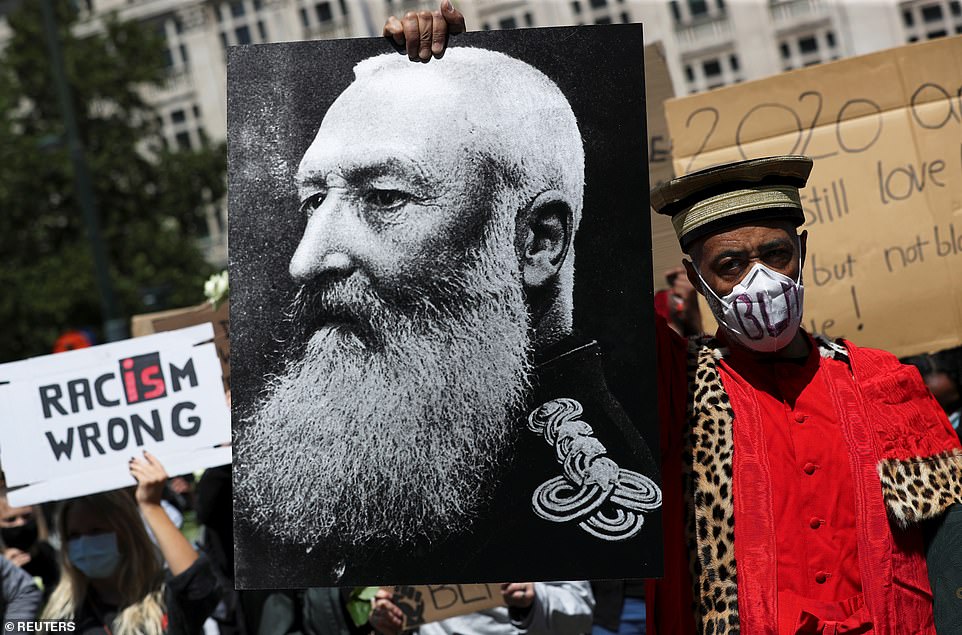

After the atrocities came to light, Leopold was eventually stripped of personal ownership of the Congo in 1908.
However, Congo did not become independent until 1960 and many Belgians remain uninformed about their country’s colonial past.
While the former king and some of his most notorious lieutenants are still honoured in street names and statues, protests have been growing over his legacy.
More than 64,000 people have signed a petition demanding that Brussels take down its Leopold II statues.
There have been numerous calls to strike down symbols of colonialism around the world as the Floyd protests enter their third week.
In Britain, a crowd of protesters tore down a statue of slave trader Edward Colston and threw it into a Bristol harbour on Sunday.
Statues of Confederate leaders who fought in defence of slavery have also been removed in the US, where they have long been a subject of controversy.
Dailymail / Balkantimes.press
Napomena o autorskim pravima: Dozvoljeno preuzimanje sadržaja isključivo uz navođenje linka prema stranici našeg portala sa koje je sadržaj preuzet. Stavovi izraženi u ovom tekstu autorovi su i ne odražavaju nužno uredničku politiku The Balkantimes Press.
Copyright Notice: It is allowed to download the content only by providing a link to the page of our portal from which the content was downloaded. The views expressed in this text are those of the authors and do not necessarily reflect the editorial policies of The Balkantimes Press.

